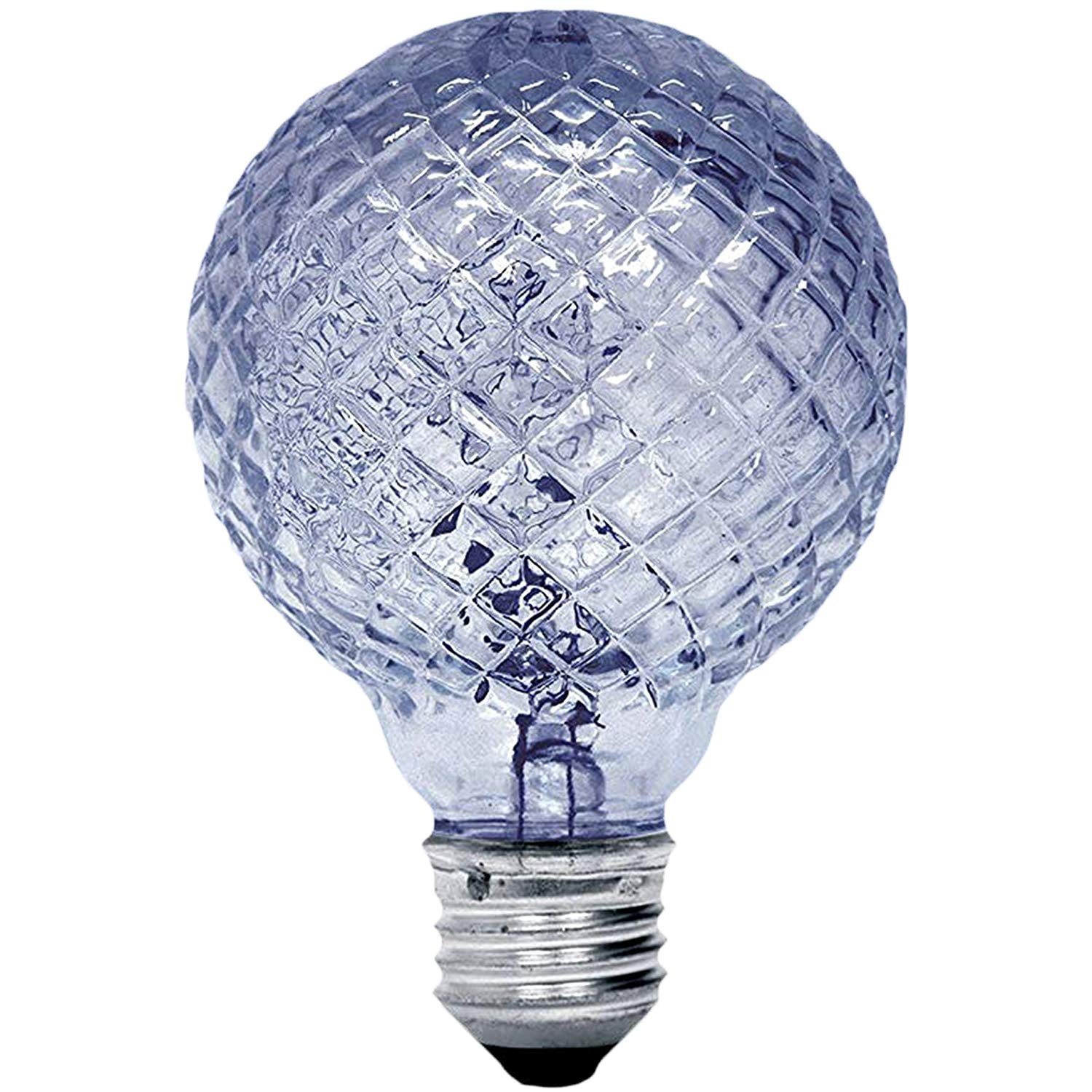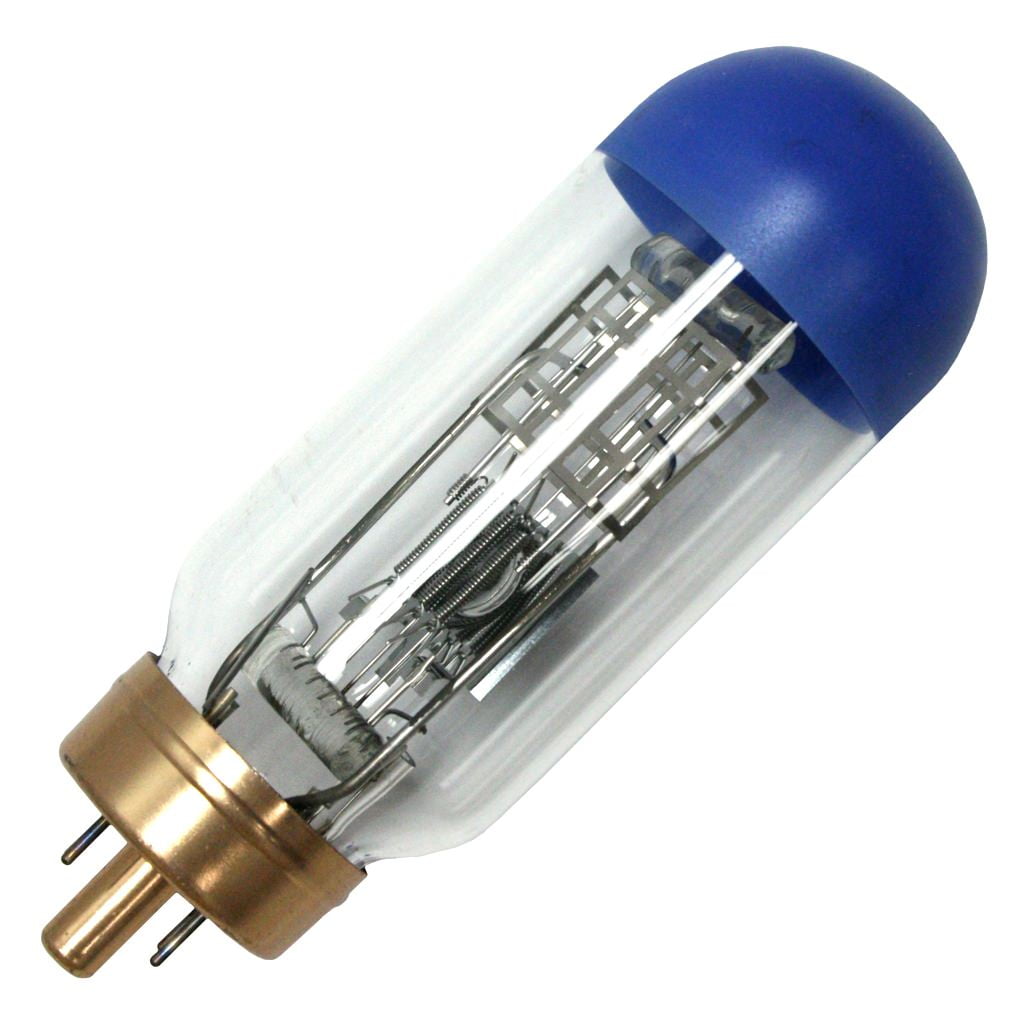


Rough service, shatter resistant, and vibration service lamps (such as A19 silicone coated).Have Been Restricted by the State of California? On top of all of this, incandescent-halogen bulbs suffer from an incredibly short lifespan when used daily, with most top-shelf options lasting about 6 -months on average.
#HALOGEN BULBS CRACK#
Because this light is generated from a high-pressure gas having an electric current run through it, halogen bulbs have a tendency to crack or shatter when hot and can not be touched while on or recently turned off. These types of bulbs emit an enormous amount of heat and can be uncomfortable to stand near or under for prolonged periods of time, especially while working in a trade show booth. While these bulbs do cost less off-the-shelf, making them an appealing option to the consumer who wants to save a quick buck, they do cost more in the long-run from energy consumption alone. Incandescent-halogen bulbs are antiquated light sources that sometimes require additional support such as low-voltage transformers or even shields to be considered safe and functional. Let's get Specific Which Bulbs Were Banned and Why? See below for a clear comparison between LED and halogen bulbs:


This highlights a key problem with halogen bulbs: not only do they waste a majority of the energy used for their intended purpose, but they generate an incredible amount of heat, which can lead to serious fire risks when left on for prolonged periods around flammable materials, such as promotional displays used at trade shows. The solution comes in a new focus on LED bulbs due to their incredible energy efficiency which converts a staggering 80%-90% of energy into light whereas traditional halogen bulbs emit 10%-20% as light and the remaining energy as heat. To remove technical jargon, this boils down to the fact that your light bulb is required to pTo put it more simply, this means that your light bulb is required to produce a minimum amount of light per watt or it will not be allowed to be sold or used in the state of California, with 14 other states following close behind. Starting in 2020, all general service lamps (GSLs) must have an energy efficiency rating of 45 lumens per watt (LPW) in order to be legally sold or utilized at public events - which is the rate in which a bulb is able to convert power (watts) into light (lumens). As if sparking a new energy-conscious era, a total of 14 other states and districts filed suit against the US federal government over energy efficiency standards and are expected to pass similar bans in the near future. Saying Goodbye to Halogen and Incandescent Light BulbsĪfter a years-long legal process ending on November 13, 2019, The California Energy Commission voted to ban the sale of light bulbs they deemed inefficient starting on January 1, 2020.


 0 kommentar(er)
0 kommentar(er)
